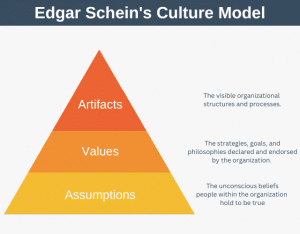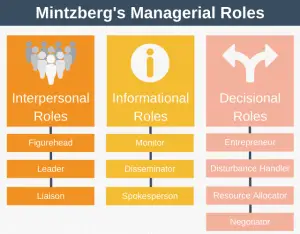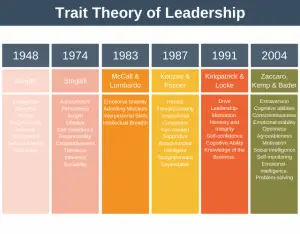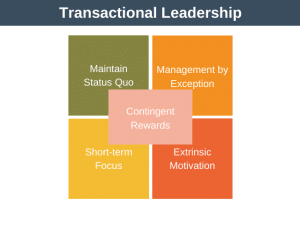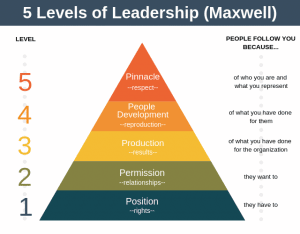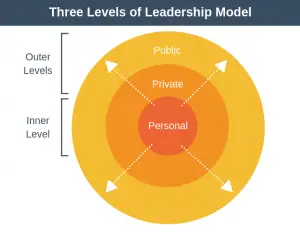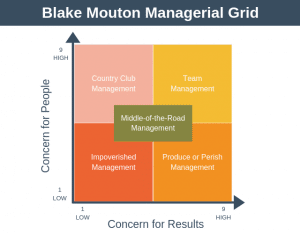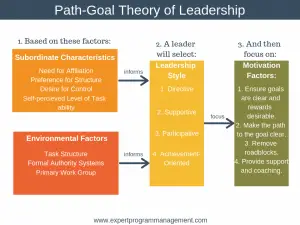No matter what level within an organisation you are currently at, you can always improve your leadership communication skills. The skills below are easy to practise, and will make you engage more meaningfully with those you work with, and deepen and broaden your understanding of the issues at hand so you can make better decisions. They will also help you navigate your way skillfully through difficult meetings where strong personalities with opposing opinions clash.
I love an acronym, so to make the six techniques easy to remember use the acronym SUGAAT. The techniques are listed below:
- Summarize
- Use Contracts
- Give constructive feedback
- Active Listening
- Ask open questions
- Take Time Outs
Let’s go through each of the SUGAAT techniques in turn:
1. Summarize
In both your one to one discussions and team meetings it can be a good idea to summarize regularly (every 10 to 15 minutes being a good rule of thumb). By summarising you ensure that everyone has a shared understanding of the situation and remove any lingering ambiguity.
Summarization also helps to create a milestone within a discussion so that the discussion can move on, and that old ground (decisions made) does not need to be revisited.
2. Use Contracts
Contracts bind us and can be used for all sorts of reasons. For example, if you’re having a one to one with a team member and you need to tell them to get their act together, change their behaviour, or do something different, then at the end of the meeting consider using the contract, “do you have five minutes for me to give you some honest feedback on your work?”.
With this contract you are asking their permission for you to give some honest feedback, which means the feedback won’t be coming as a complete left field surprise. You are giving them the option of not having the feedback – perhaps their mind is on something urgent and they really don’t have five minutes. You are also letting them know that although they probably won’t like what you have to say, it will be over in five minutes.
Contracts can also be used to reach a consensus. Once you have discussed an issue in detail and you believe you have a decision, then if you ask, “does everyone agree?”, then inevitably someone won’t agree and the whole debate starts again. A better option might be to use summarization followed by the contract, “can you live with this?”. Here you are most importantly asking people if they agree with the decision, but you are doing so in a way that makes them consider if this is a battle they want to fight.
3. Give Balanced Feedback
As the conversation develops it is important to give constant feedback. Research has shown that in high performance teams the ratio of positive to negative feedback is 5.6, meaning that for each point of negative feedback/enquiry, 5.6 items of positive feedback are given.
Keep this ratio in mind as you interact with an individual or the team.
Sidenote: A similar feedback ratio has been found to exist in successful marriages, where a positive to negitive ratio of 5.1 has been observed. This compares to marrages which end in divorce where the ratio is just 0.77.
4. Active Listening
Active listening refers to really listening to what someone is saying, not just looking like your listing. It means paying attention to the person who is speaking and giving them time to finish. When you speak reference what the other person has said to show you’re understood. When they are speaking, nod at appropriate points to show they have your attention. Ask questions to understand the data points and logic that have helped them to reach their point of view.
By doing this the other person will be much more willing to share and as a consequence you will understand the issue far more deeply than you would have otherwise.
5. Ask Open Questions
This point is particularly important if you’re in a more senior position than others in the room, or have a forceful personality. Asking closed has a number of negative aspects including directing the conversation and making people defensive.
By asking open questions you get to understand the other person’s point of view and the evidence which has made them form that view. By asking open questions you may get unanticipated answers which build your understanding and in turn make you better at your job.
6. Take Time Outs
Time outs can be used in conjunction with summarization and are useful in situations where strong opinions exist, and no side wishes to yield.
As an example, if you are in a meeting and there are three differing strong opinions, A, B, and C, then it can be a good idea to ask everyone to stop the debate momentarily so you can check your understanding of each person’s position. You now summarize position A, then summarize position B, then summarize position C. Once you have done that you can also to request (open question) more information about position A, then position B, and finally position C.
You can take this even further by asking the different parties to highlight what they agree with in the other positions, and also what part of it they could live with (contract). This technique can help defuse difficult deadlocked conversations and open people up to new directions and ideas.
Summary
The six tools listed above can make you better at all aspects of communication. They are easy to try out but will take time to master. Use the acronym SUGAAT to help you remember the tools to use (SUGGAT is worth 7 points in Scrabble. If only Scrabble allowed acronyms then I’d be a Scrabble genius. Ha ha). SUGATT stands for: summarise, use contracts, give constructive feedback, active listening, ask open questions, and take time outs.
* Images by highersights and aturkus.



